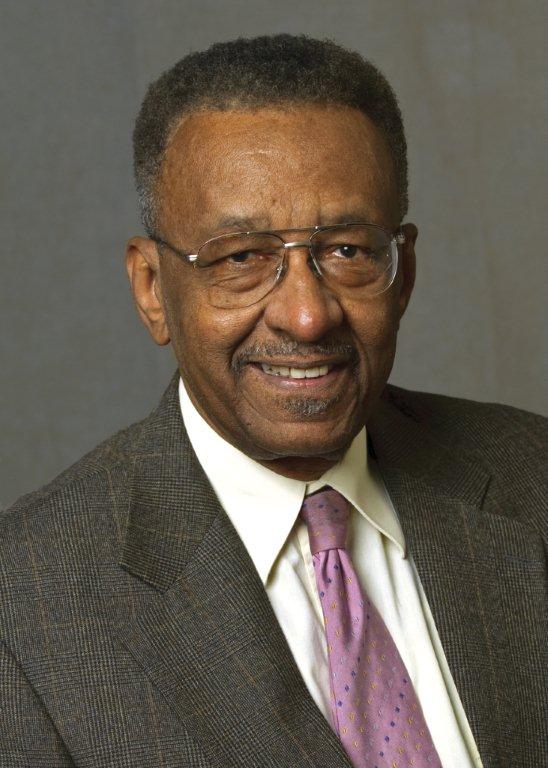If you’re looking for a map of world poverty, check out the “2007 Index of Economic Freedom” jointly published by the Heritage Foundation and The Wall Street Journal. You might think that’s a strangely titled source for a poverty map.
The 13th edition of the “Index of Economic Freedom” examines 10 economic characteristics of 157 countries. Among those characteristics are property rights, monetary stability, and freedom from government, trade restrictions, business regulations and government corruption. Using these measures of economic freedom, countries are ranked.
Hong Kong and Singapore, as they have for 13 years, rank as the world’s two economically freest countries, with freedom scores of 89 and 86 percent free. Rounding out the top 10 most free economies are Australia (83), United States (82), New Zealand (82), United Kingdom (82), Ireland (81), Luxembourg (79), Switzerland (79) and Canada (79).
At the other end of the list are the least free countries. Ranking 157th, North Korea, with a freedom score of 3 percent, is the world’s least free country. Ranking 156th is Cuba, 30 percent free, and in ascending order are: Libya (34) Zimbabwe (36), Burma (40), Turkmenistan (42), Congo (43), Iran (43), Angola (43), and Guinea-Bassau (45).
The “2007 Index of Economic Freedom” displays a color-coded map showing countries that are free, mostly free, moderately free, mostly unfree and repressed. Guess where one finds the world’s most miserably poor people? If you guessed the mostly unfree and repressed countries, you guessed correctly.
Some people claim that some countries are rich because of abundant natural resources. That’s nonsense! Africa and South America are probably the richest continents in natural resources, but are home to some of the world’s poorest people. By contrast, countries like England, Japan and Hong Kong are poor in natural resources, but their people are among the world’s wealthiest. Hong Kong even has to import its food and water. Some people use the history of colonialism as an excuse for poverty. That’s also nonsense. The United States was a colony. So were Canada, Australia, New Zealand and Hong Kong, but they’re rich countries.
The reason some countries are rich while others are poor is best explained by the amount of economic freedom its peoples enjoy and the extent of government control over economic matters. Don’t make the mistake of equating economic freedom with democracy. After all, India, politically, is a democracy, but economically it is mostly unfree and poor, ranking 104th in economic freedom. There are countries on the economic freedom index that do not have much of a history of democracy, such as Chile, ranking 11th, and Taiwan, 26th, and yet these countries are far wealthier than some of their more democratic counterparts. Why? It’s because their economic systems are free or mostly free, which is not guaranteed by a democratic political system.
The economic development lesson is clear: Have a system of economic freedom and grow rich. Extensive government control, weak property rights and government corruption almost guarantee poverty. A country’s institutional infrastructure is critical to its economic growth and the well-being of its citizens. The most critical are protection of private property, enforcement of contracts and rule of law.
To help our fellow man around the world, we must convince him to create the institutional infrastructure for wealth creation. Foreign aid, International Monetary Fund bailouts and other handouts are not substitutes. They just make political survival possible for the elite whose self-serving policies keep a nation poor. Except for immediate disaster relief, foreign aid is probably the worst thing the West can do for poor countries. After all, how much foreign aid is necessary for a country to create the foundations for growth: rule of law, enforcement of contracts and private property rights protection?
